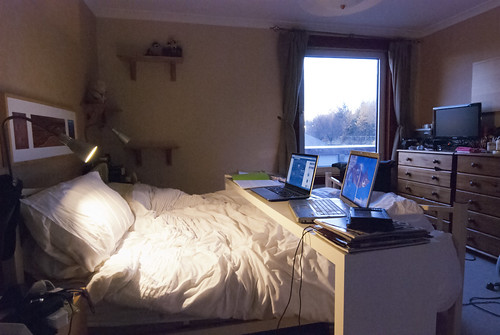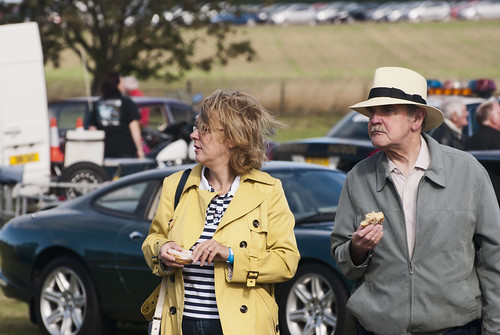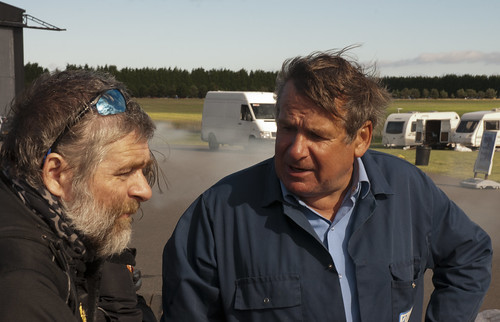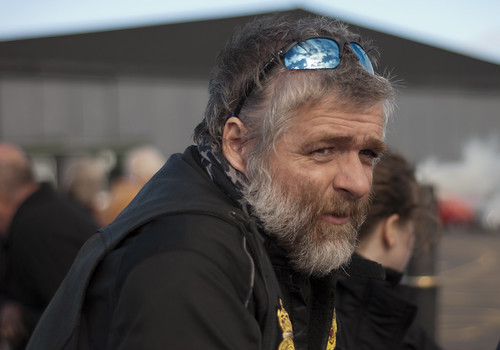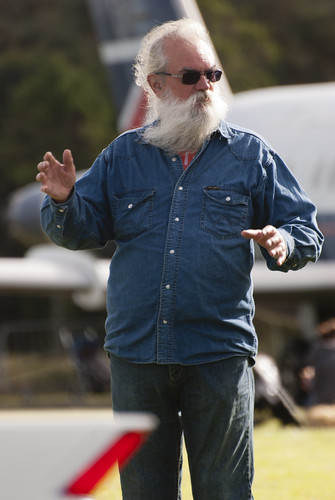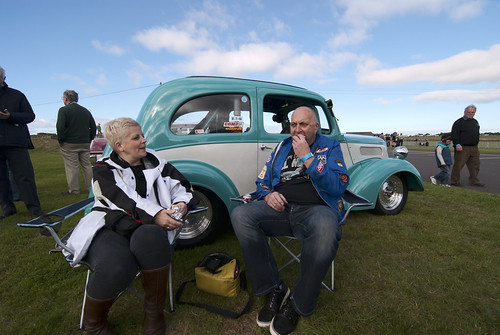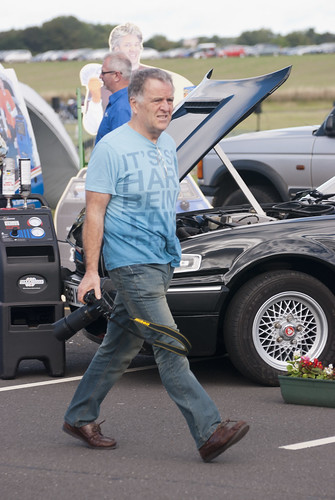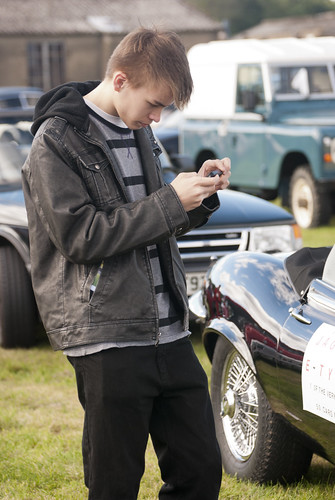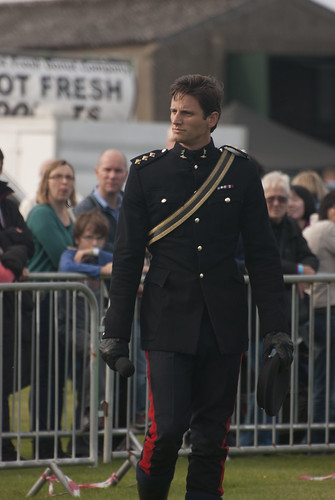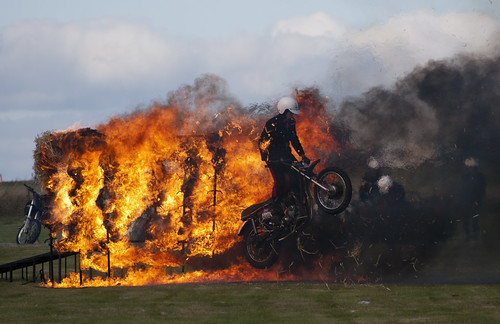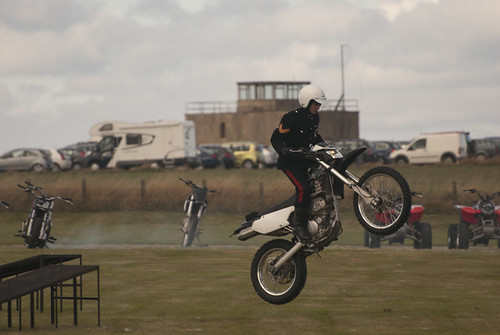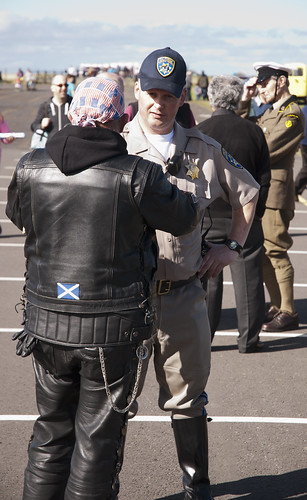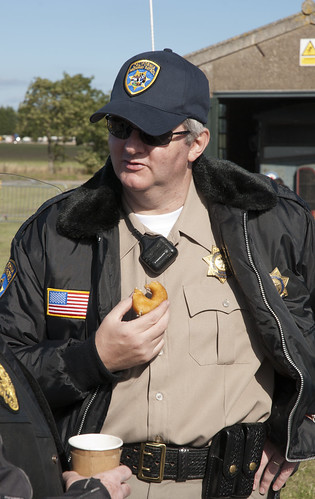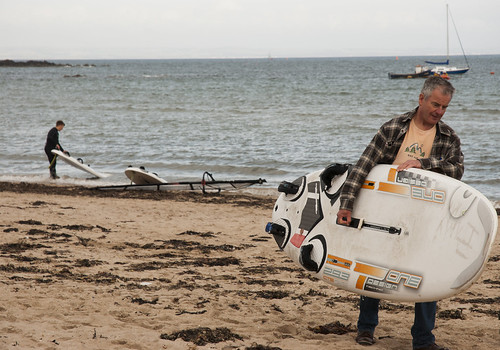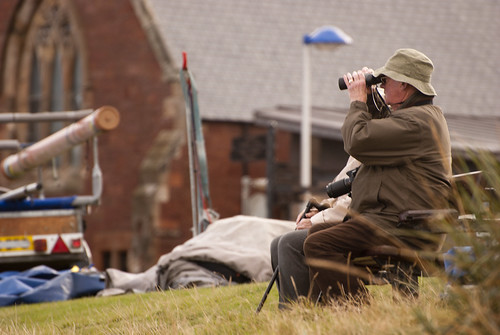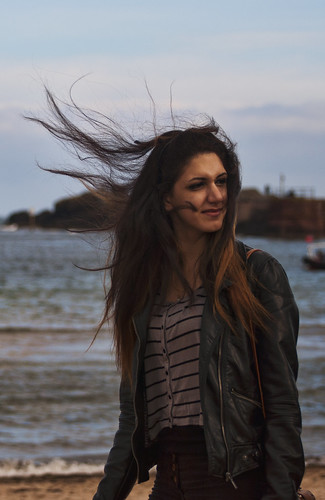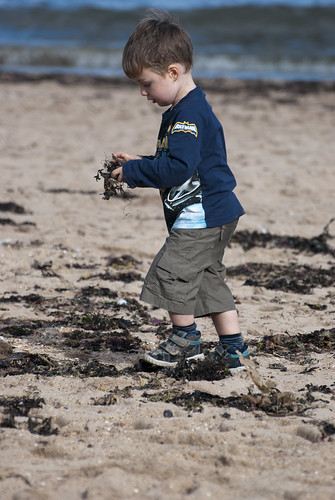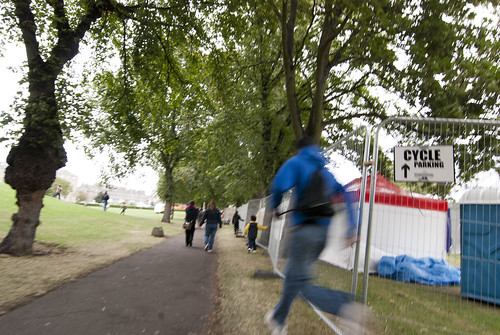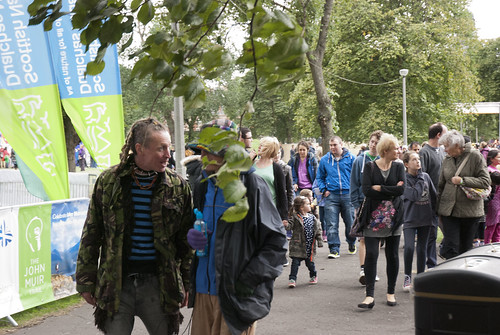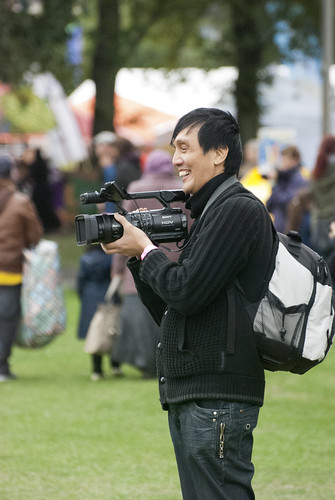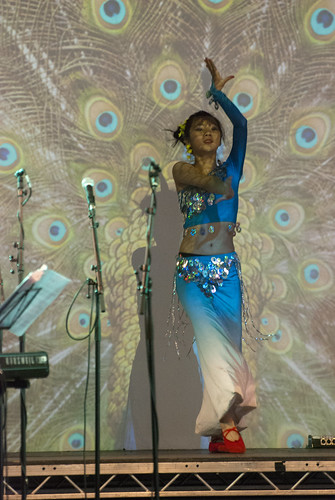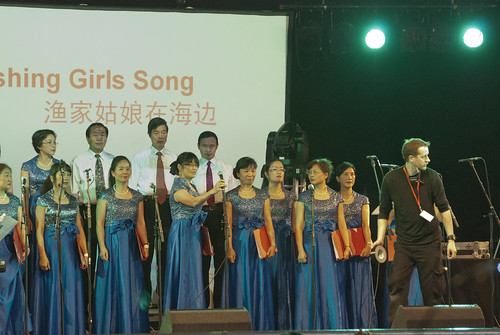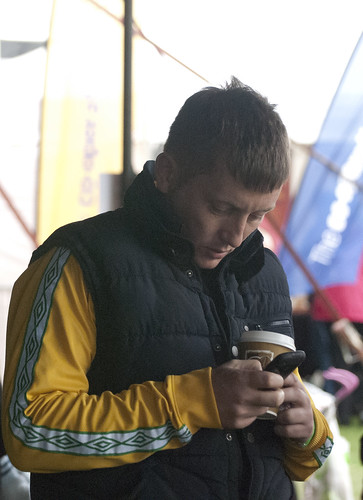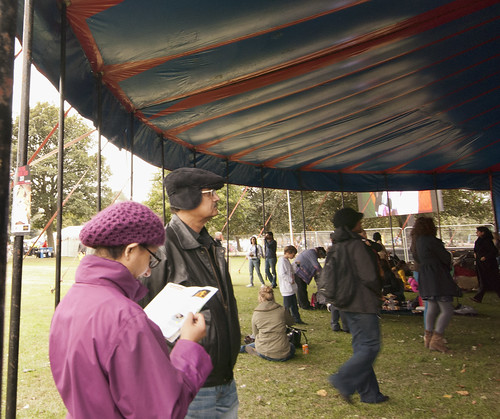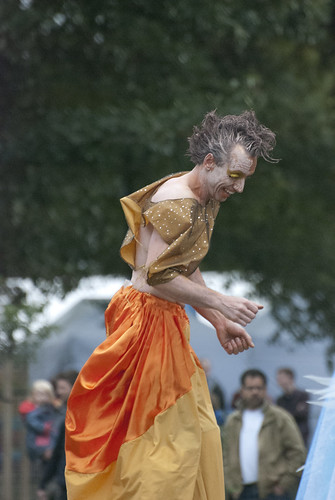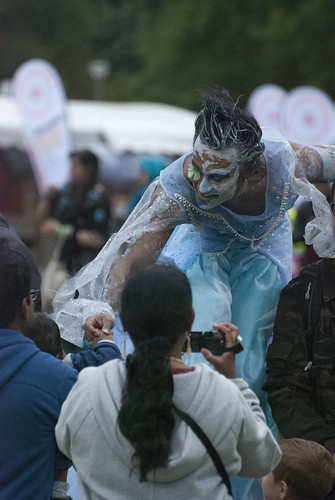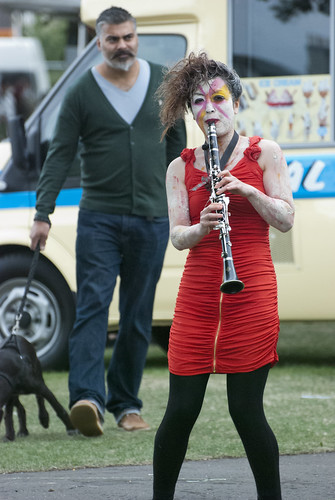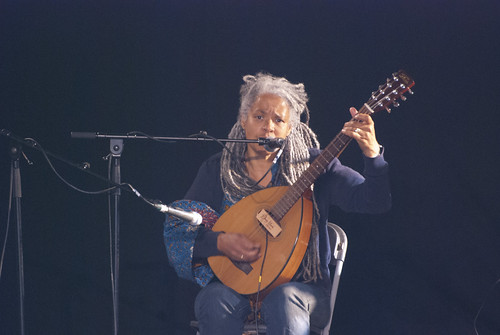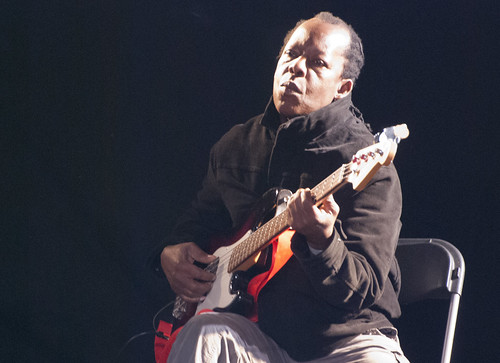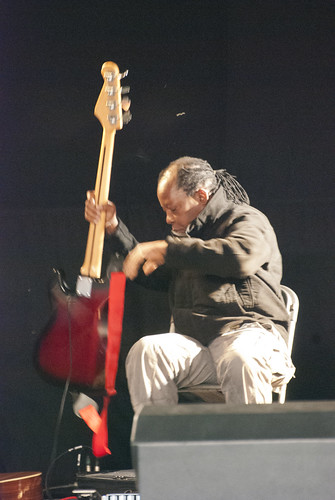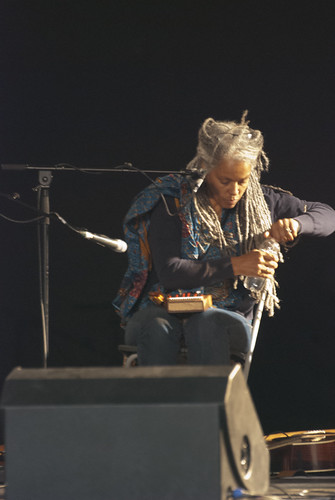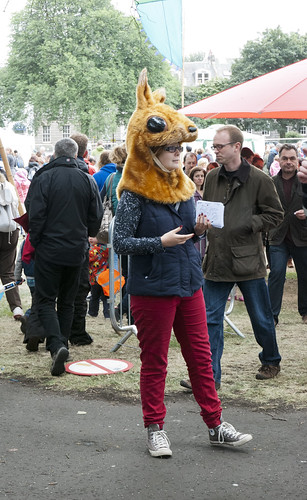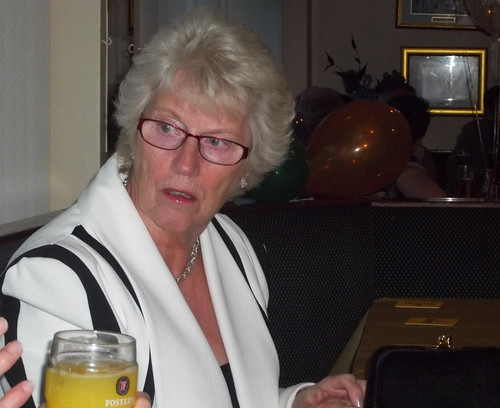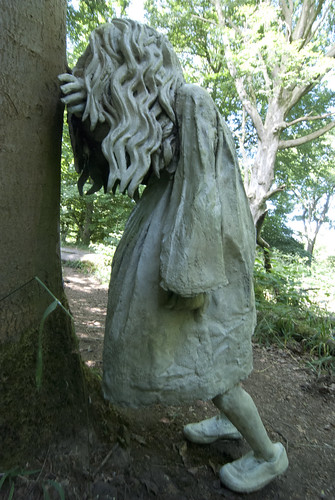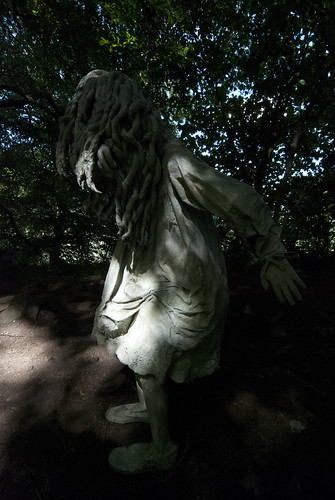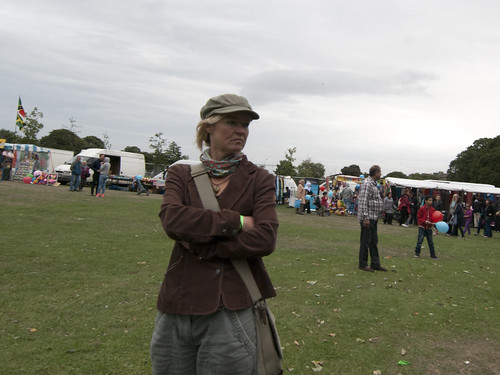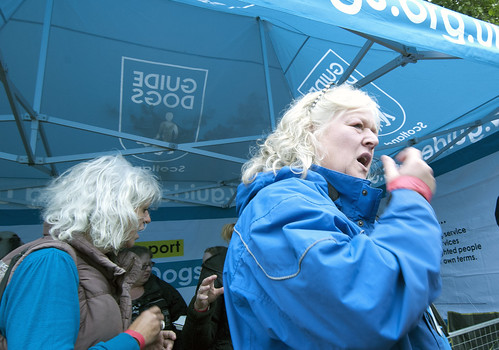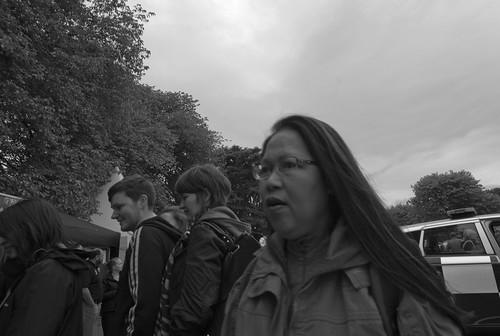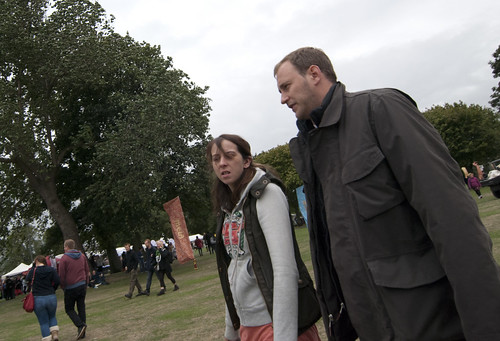What: The brief of this exercise was to visit one or two
locations where I could return a number of times in different lighting and
photograph on each occasion.
Where: Work
When: First thing in the morning as soon as the sun had risen
and at the end of the day after the sun had set.
How: I had
made note of these locations as viable locations as I was easily able to
revisit these locations a number of times during the day and easily photograph
the conditions.
The only slight problem I had with these locations are that I was
unable to setup a tripod due to the space restrictions and the ability to
transport a lot of equipment across the site to these places.
In the first location I really wanted to
capture the difference in lighting conditions as although there was only a
little difference in shadow there was a vast difference in the colouration of
the light within the space.
During the day a lot of light comes in
through the room which is then supplemented with the large lights around the
roof of the workshop. When the sun sets the shapes in the roof supports are
clearer and better defined but the shadows are coloured by the artificial
lights giving them a yellow tint.
The floor also takes on the yellow tint
making it more orange than in natural light.
DSC_0012(1)
Nikon D50, Aperture Mode Manual, focal length 18mm (35mm
equivalent 27mm), aperture f5.6, speed 1/30 second, ISO 1600, Auto white
balance, Matrix metering, Hand held camera, 18-70mm lens,
DSC_0018(1)
Nikon D50, Aperture Mode Manual, focal length 18mm (35mm
equivalent 27mm), aperture f5.6, speed 1/15 second, ISO 1600, Auto white
balance, Matrix metering, Hand held camera, 18-70mm lens,
I was surprised to find that I only had to half my shutter speed
at the end of the day to capture the final image of the workshop. Even though I
was in a slight different position, I can easily compare the light conditions
and the shadows, the space looses height as it has lost the brightness from the
skylights and I feel that the walls are slightly closer as they are not
reflecting the light back into the workshop area.
I decided to revisit the link bridge to capture the differences in
light even on a dull day. As the bridge runs east/west it captures a lot of
light during the day and a lot of the shadows are completely lost in the
brightness. Nearest the camera there is a small spot of shadow created by the
building behind the bridge which blocks the sun coming in from the left hand
side of the camera.
In the evening the bridge loses a lot of light as the darkness
below and to the sides of the bridge creates a dark tunnel around the space and
it spaces the space into a tunnel rather than a bridge. The inside of the
bridge is light up by the small lights in the roof, as the main purpose of the
bridge is to allow movement from A to B it is not covered in lots of light as a
lot of light is not really needed, enough light is required to allow people to
see where they are going and that is it.
There are small shadows created behind the supports of the bridge
as they are thrown into relief by the roof lights.
DSC_0006
Nikon D50, Aperture Mode Manual, focal length 18mm (35mm
equivalent 27mm), aperture f5.6, speed 1/1000 second, ISO 1600, Auto white
balance, Matrix metering, Hand held camera, 18-70mm lens,
DSC_0020
Nikon D50, Aperture Mode Manual, focal length 18mm (35mm
equivalent 27mm), aperture f5.6, speed 1/45 second, ISO 1600, Auto white
balance, Matrix metering, Hand held camera, 18-70mm lens,
I was surprised to find out how much light was lost as the shutter
speed dropped from 1000th of a second down to a 45th of a
second. I had expected the lights in the roof to produce much more light that
what they actually did.
When I was at the bridge in the morning I took a modified camera
which allows me to capture a colour Infra Red photograph, as an experiment to
see if I could capture a completely different point of view on the lighting
conditions of the space.
DSC_0001
Modified Nikon D40, Aperture Mode Manual, focal length 55mm (35mm
equivalent 82mm), aperture f4, speed 1/400 second, ISO 800, Manual white
balance, Matrix metering, Hand held camera, 55-200mm lens,
A
A
In the image I was able to capture a lot of repeating shadows
which did not show up on the colour images. It also cast the other end of the
link bridge into complete darkness making it a much sinister image, partially due to the image compression as I used the smallest focal length on a telephoto lens.
I am pleased to see that I was able to meet the brief and show that these areas changed with the lighting conditions.
I am pleased to see that I was able to meet the brief and show that these areas changed with the lighting conditions.
